How to measure soil moisture content?

Measuring soil moisture is important in many fields like agriculture, environmental science, and hydrology.
Types and Advantages of Wind Vanes
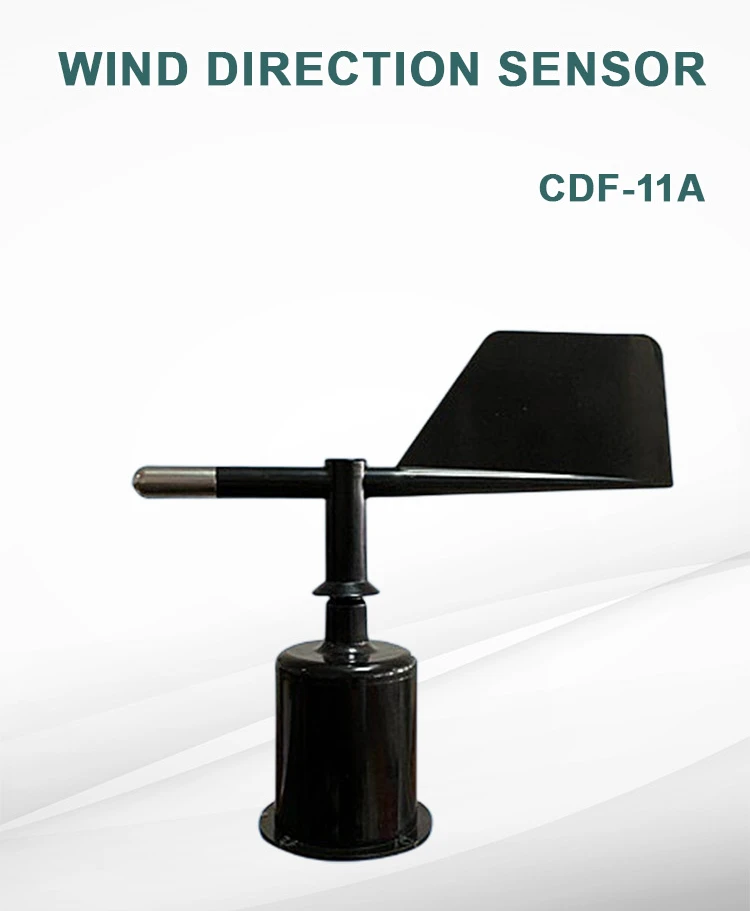
Wind vanes have been used since ancient times in places like Greece and China. Historical records show that the first known wind vane was placed on top of the Tower of the Winds in Athens.
Understanding Anemometers and How They Work
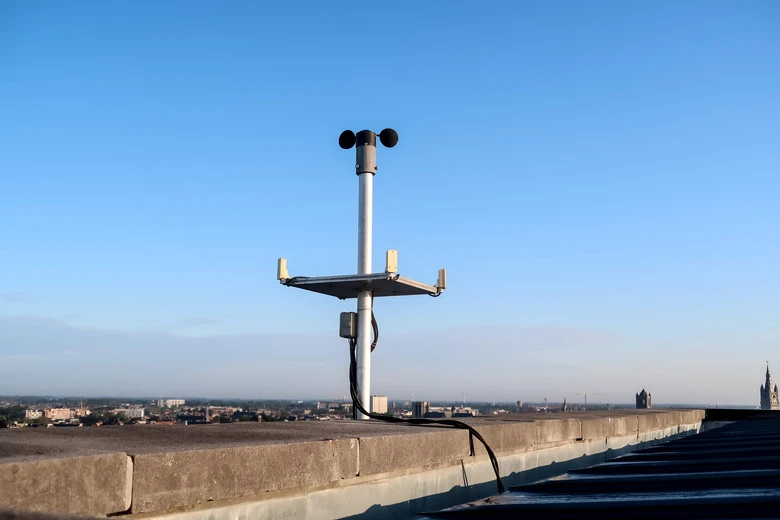
How can we accurately predict changes in the weather? Or, what’s the best way to measure wind speed?
Importance of Anemometers in HVAC Systems

Anemometers are typically split into two main types. One type measures speed. The other type measures pressure.
How to Operate an Anemometer for Real-Time Wind Speed and Direction Monitoring

An anemometer, also called a wind meter, has a simple job. However, many businesses and people do not know how useful it can be.
Best Environmental Monitoring System
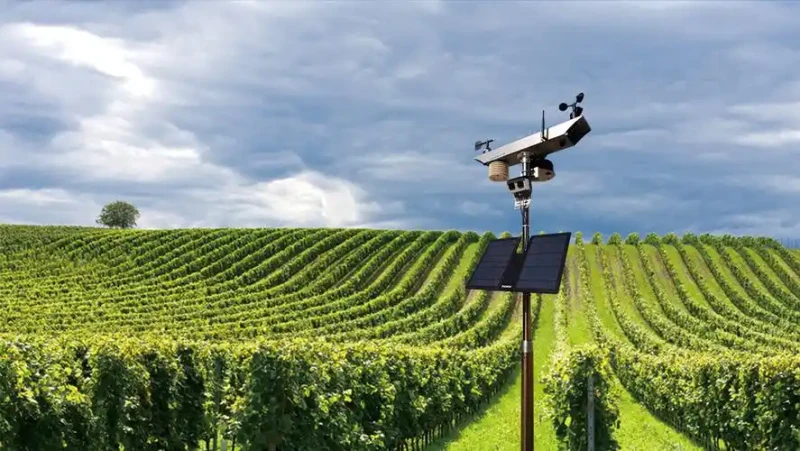
In today’s world, companies see how important it is to make decisions based on data.
How Wind Speed Measurement Supports Aviation and Air Traffic Control
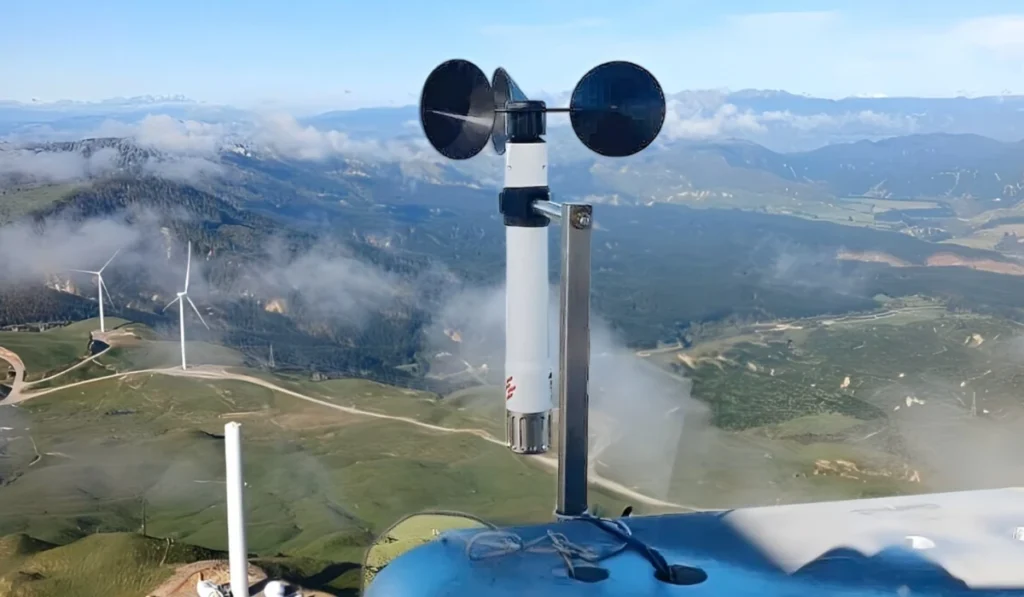
Measuring wind speed is important for keeping aviation safe and efficient. It plays a key role in flight operations and air traffic management.
How Often Should You Calibrate an Anemometer for Accurate Readings?
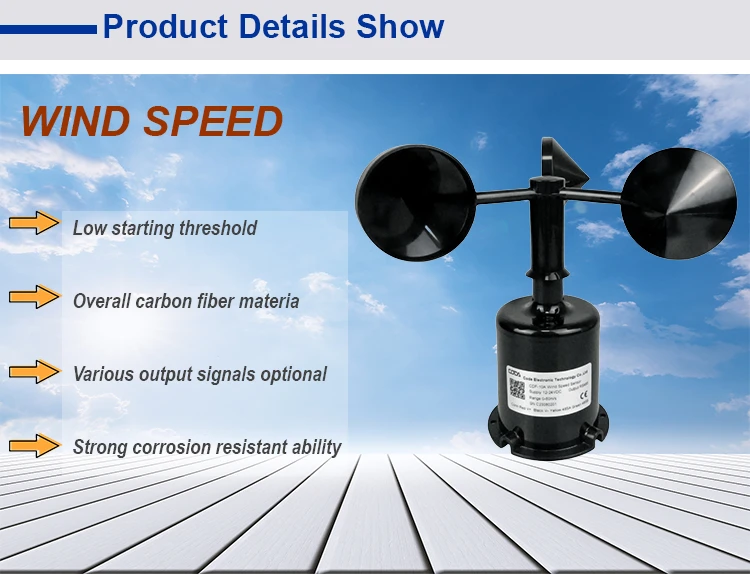
It doesn’t matter if you are a meteorologist, a weather fan, or use anemometers for your job.
Investigating Different Water Level Sensor Types and Their Uses
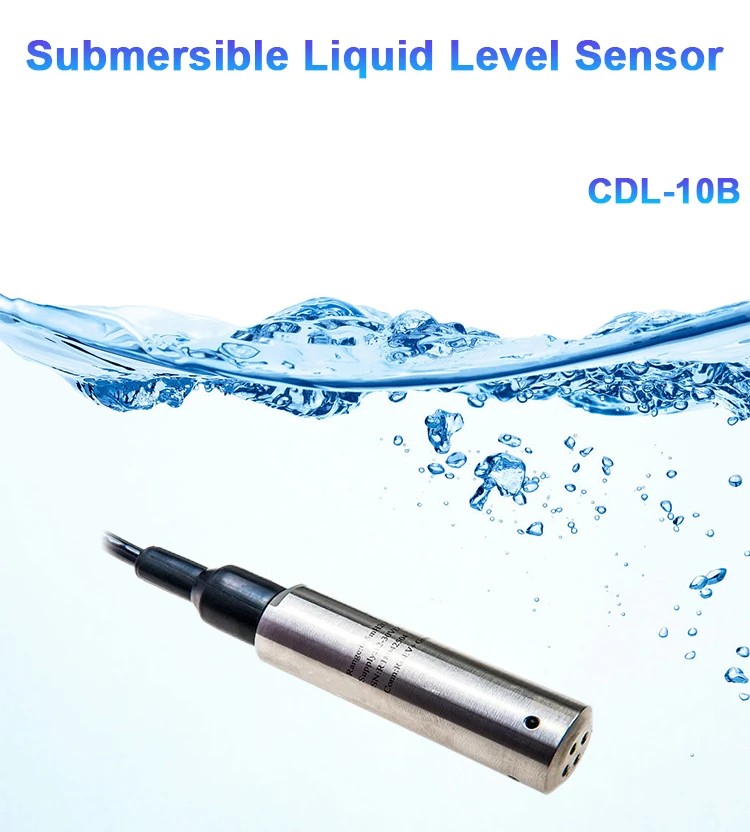
Water level sensors are useful tools. They measure water or fluid levels in many situations. These devices come in many types.
Smart Irrigation Technology and Systems
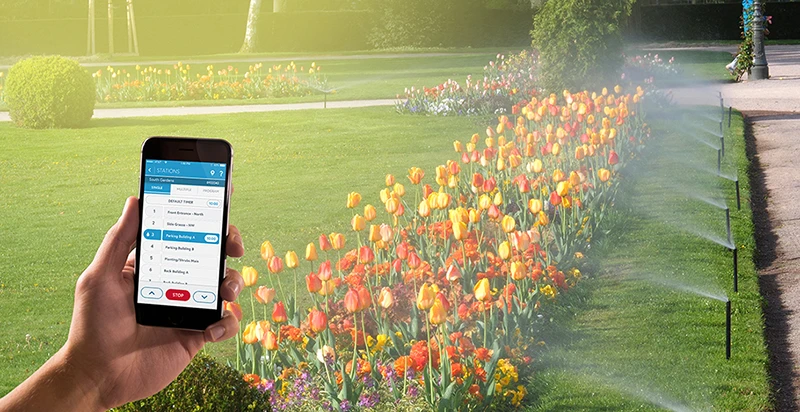
Water scarcity is a big problem in many countries. It is important to use water wisely for drinking and farming.
